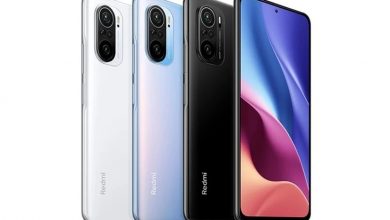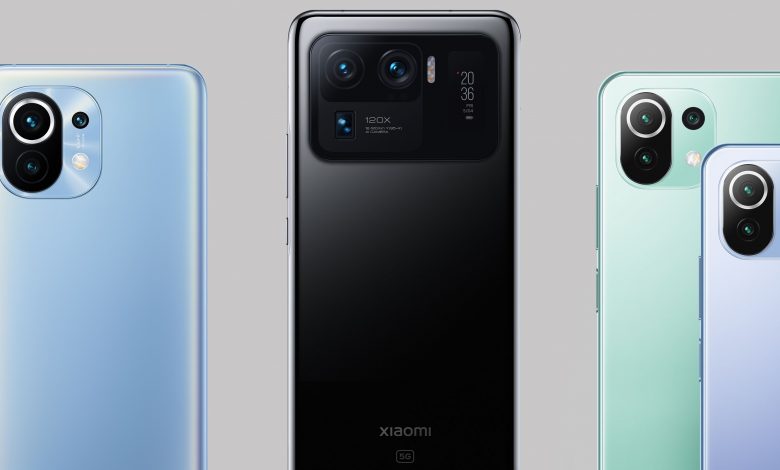
Xiaomi is one of the more interesting companies hailing from the East, and they have released some impressive smartphones over the past couple of years. The company has finally unveiled the flagship Xiaomi Mi 11 Ultra, and honestly, it has some nice tricks up its sleeve and some questionable ones.
Right from the start, it is important to note that the Mi 11 Ultra is based on the standard Mi 11, which is not a bad phone by any means. However, there are some tweaks here and there that made them use the “Ultra” moniker.
Xiaomi had already released the Mi 11 in Europe last month following its debut in China at the end of last year. However, we were still waiting for Xiaomi’s more premium Mi 11 Ultra which we’ve been expecting since it leaked over a month ago. Xiaomi finally revealed the phone in full, and as expected, it’s headlined by a new triple camera array, high-resolution display, fast wired and wireless charging, and Qualcomm’s latest flagship chipset.
Xiaomi Mi 11 Ultra: Design, Specs, and Features
The Xiaomi Mi 11 Ultra is a massive, thick, and heavy phone, measuring 164.3mm tall and 8.38mm thick and weighing 234g. Considering its ceramic build, large cameras, and expansive display, these dimensions make sense. Speaking of ceramic, Xiaomi is offering the Mi 11 Ultra in two colorways: Ceramic White and Ceramic Black. Both models feature a layer of Corning’s Gorilla Glass Victus on the front for protection and are IP68 rated for water and dust resistance. The Mi 11 Ultra is actually Xiaomi’s first-ever IP68-rated device, which is something they’re proudly touting but is standard among premium flagship phones.
Xiaomi’s Mi 11 Ultra shares some similarities with the non-Ultra model, like a 6.81-inch 120Hz Quad HD+ resolution display with a 120Hz refresh rate, Qualcomm Snapdragon 888 chipset, 5G connectivity through the integrated Snapdragon X60 modem, and an under-display fingerprint sensor. However, the storage and RAM are upgraded — there’s only one configuration, with 256GB of storage capacity and 12GB RAM. There doesn’t appear to be a microSD card slot, so 256GB is all you’re getting. Also, the Ultra now supports Wi-Fi 6E connectivity depending on the region.
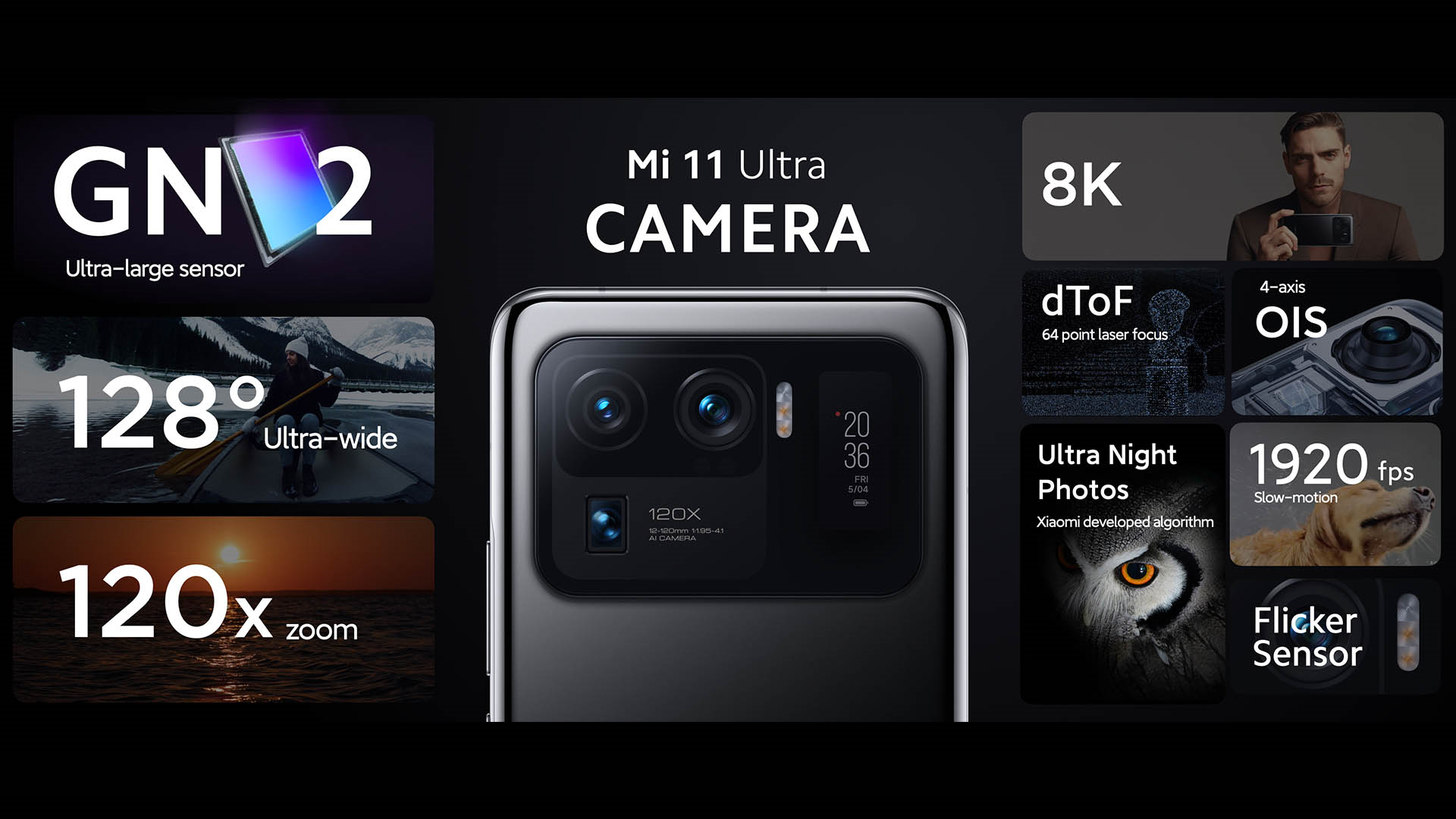
Another change from the standard Mi 11 is the rear camera array, which is much larger and has a different sensor setup. You get a 50MP main sensor with Samsung’s new ISOCELL GN2 image sensor, a 48MP ultra-wide, and a 48MP telephoto. The telephoto supports 5x optical zoom, 10x hybrid zoom, and 120x digital zoom. That’s a step down compared to the Galaxy S21 Ultra‘s telephoto lens, which offers 10x optical zoom and 100x digital zoom, but is substantially better zooming than what’s found in the standard Mi 11.

The rear camera bump also contains a 1.1-inch AMOLED screen, with a resolution of 126 x 294. Xiaomi says it can be used to take selfies with the rear cameras, function as an always-on display, and more. Earlier leaks showed the screen can essentially mirror whatever is on the phone’s main display, though watching YouTube or checking emails on a finger-sized screen probably isn’t ideal.
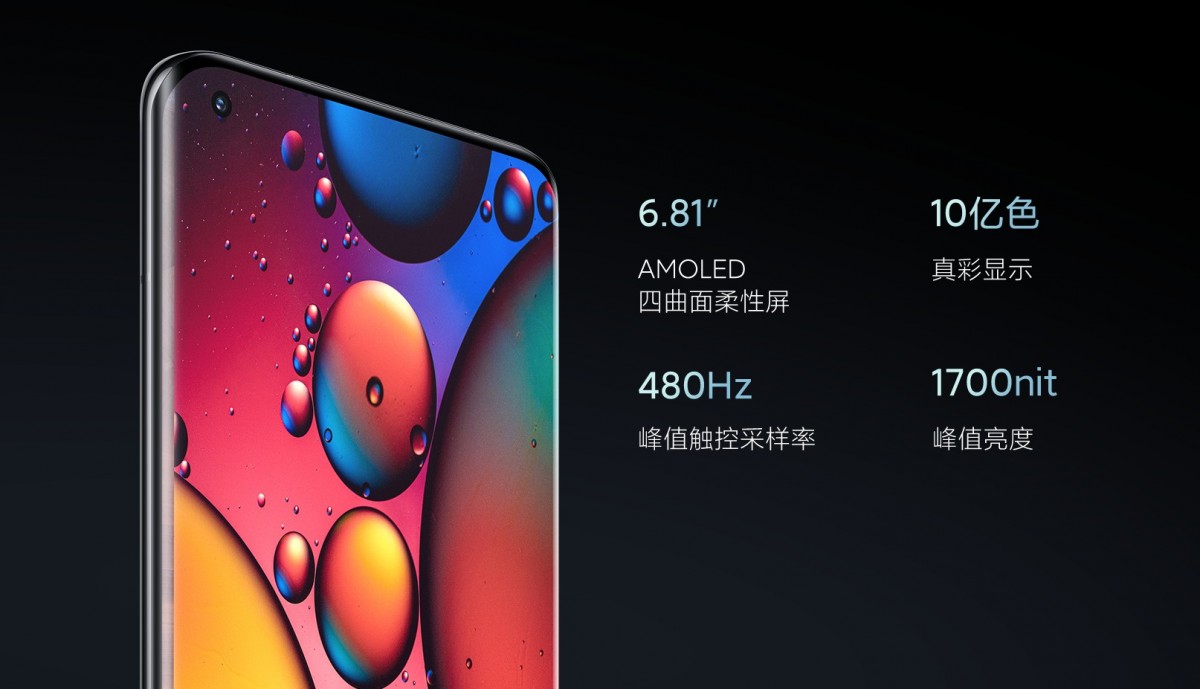
This isn’t the first time we’ve seen a smartphone with a rear display for taking photos — the Vivo NEX had a much larger one in 2018, as did the Nubia Z20 in 2019. More recently, the ASUS ROG Phone 5 Pro and Ultimate have a small screen on the center of the back, but that one is a dot-matrix display that only displays text and simple logos.

Xiaomi also packed some of the fastest charging technology we’ve seen yet into the Mi 11 Ultra. The device features a silicon-oxygen anode battery with a capacity of 5,000mAh. It should easily last an entire day, but you also get 67W wired and wireless charging, which Xiaomi says can fill the battery within 36 minutes. That’s slightly faster than the OnePlus 9 Pro, which can charge at 65W with the included power adapter, or the same speed using OnePlus’ proprietary wireless charger. The phone also has 10W reverse wireless charging.
Xiaomi Mi 11i: Design, Specs, and Features
Alongside the Mi 11 Ultra and Mi 11 Lite series, Xiaomi has also unveiled the Mi 11i, which seems to be a rebadged version of the Redmi K40 Pro+ that the company launched in China last month. The Redmi K40 Pro+ is a true flagship smartphone in every way, meaning the new Xiaomi Mi 11i is no different.
The front is almost fully bezel-less with an expansive 6.67-inch AMOLED display at a Full HD+ (2400 x 1080) resolution with an up to 120Hz refresh rate. The display can reach up to 1300 nits in peak brightness, is HDR10+ certified, and has a 360Hz touch sampling rate. Xiaomi also touts the phone’s RGB ambient light sensor which allows the device to tune the display’s white balance in accordance with the ambient lighting. Lastly, the phone supports MEMC to boost the frame rate of videos as well as Super Resolution to upscale the resolution of content.
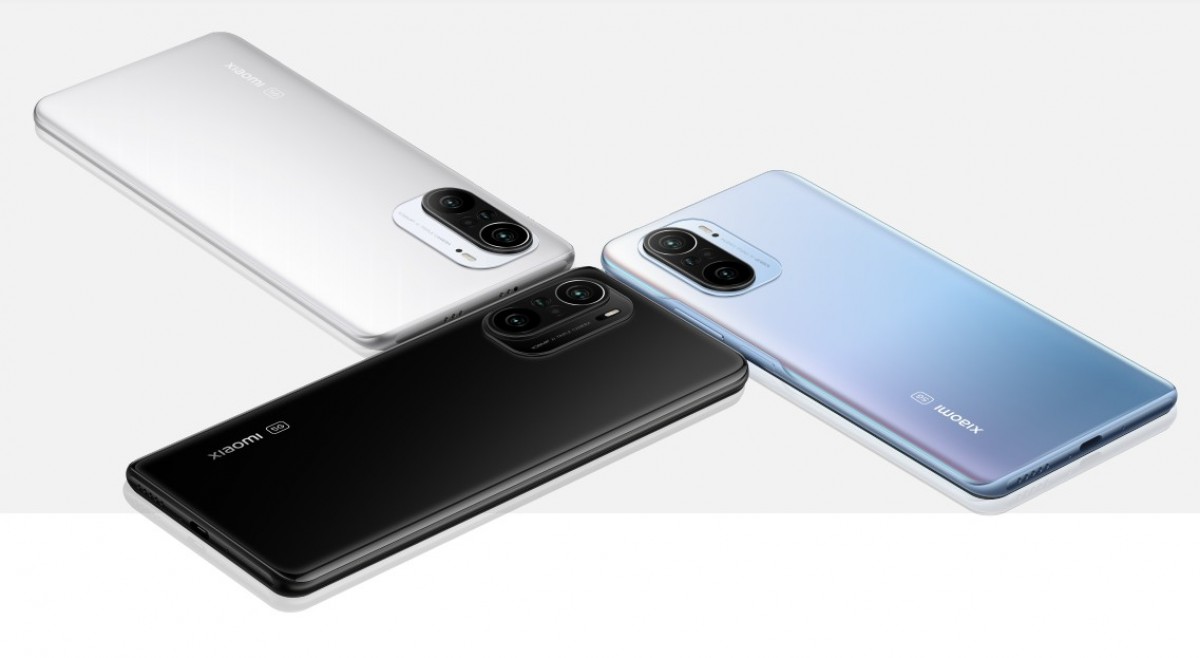
In terms of performance, the Mi 11i is powered by Qualcomm’s flagship Snapdragon 888 mobile chipset, 8GB of LPDDR5 RAM, and a large, 4,520mAh battery which can be charged via the included 33W wired charger. The Snapdragon 888 is a 5G-enabled chipset with its integrated Snapdragon X60 modem. The phone comes with 128 or 256GB of built-in UFS 3.1 storage.
The Xiaomi Mi 11i has a side-mounted fingerprint scanner rather than an optical or ultrasonic under-display one. It has dual stereo speakers tuned with Dolby Atmos but no 3.5mm headphone jack. It has a triple camera array headlined by a 108MP Samsung ISOCELL HM2 sensor, an 8MP ultra wide-angle sensor, and a 5MP telemacro sensor. On the front, there’s a single 20MP sensor.
Xiaomi is shipping the Mi 11i with its MIUI 12 software release based on Android 11.
Xiaomi Mi 11 Lite Series: Design, Specs, and Features
Xiaomi is well known for its smartphones that offer great value, but at the company’s “2021 New Product Launch” today, they dedicated a good portion of the event to premium flagship devices. However, the company hasn’t forgotten what’s behind its success, so alongside the new Mi 11i and Mi 11 Ultra, Xiaomi is taking the wraps off the new Mi 11 Lite series.
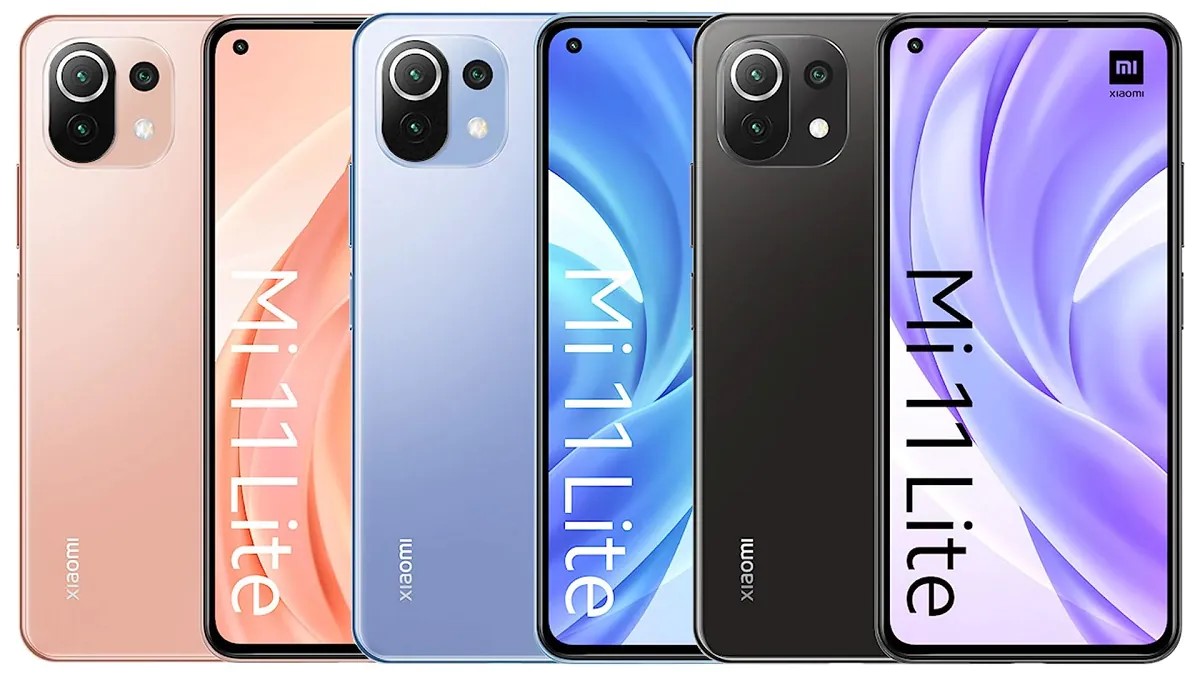
Xiaomi’s Mi series comes in many different configurations, though the more premium models always tend to launch a few weeks or months before the “Lite” ones. Today’s launch of the Mi 11 Lite series comes nearly 3 months after the launch of the regular Mi 11, a phone we said offers excellent bang for the buck. At a starting price of €649, though, the standard Mi 11 may be too expensive for many, which brings us to the two phones in the Mi 11 Lite series.
One of the first things you’ll notice about both phones in the Mi 11 series is how incredibly thin they are. Both phones are just 6.81mm thick, which is impressively thin compared to most flagships on the market. They’re also both impressively lightweight, with the 4G model weighing just 157g and the 5G model just 159g. For comparison, the new Mi 11 Ultra with its massive camera bump is 8.38mm thick and weighs 234g. Both phones also have flat displays, a single hole-punch cutout in the top-left of the display, and triple rear cameras housed in a square camera bump. Both phones also have dual stereo speakers, a USB Type-C port, a dual SIM card tray, and a fingerprint scanner integrated into the power button.
Xiaomi is selling the Mi 11 Lite 4G in three colors: Boba Black, Bubblegum Blue, and Peach Pink. You can see the Bubblegum Blue and Peach Pink colors below.
The Xiaomi Mi 11 Lite 5G will also come in three colorways, including Truffle Black, Mint Green, and Citrus Yellow.
Apart from the different color choices, there’s only one other design difference: The display on the Mi 11 Lite 4G is protected by a layer of Corning’s Gorilla Glass 5, while the display on the 5G model is protected by a layer of Corning’s Gorilla Glass 6.
The phones are as similar internally as they are design-wise. Both the Mi 11 Lite 4G and 5G feature a 6.55-inch AMOLED display at Full HD+ resolution with a 90Hz refresh rate and 240Hz touch sampling rate, at least 6GB of LPDDR4X RAM, UFS 2.2 storage, a 4,250mAh battery with 33W fast charging support, NFC, and a Z-axis linear motor. The 5G model has a higher-resolution selfie camera (20MP versus 16MP) but offers the same triple camera setup as the 4G model, which consists of a main 64MP f/1.79 camera, an 8MP ultra wide-angle f/2.2 camera, and a 5MP “telemacro” f/2.4 camera.
As previously mentioned, the biggest difference between the two phones is evident from their names: connectivity. The Xiaomi Mi 11 Lite 4G is powered by Qualcomm’s Snapdragon 732G, a mid-range chipset featuring an integrated Snapdragon X15 4G LTE modem. On the other hand, the Xiaomi Mi 11 Lite 5G is the first to feature Qualcomm’s new Snapdragon 780G, an upper mid-range chipset with an integrated Snapdragon X53 5G modem. The Snapdragon 780G can also be paired with a Bluetooth 5.2 and Wi-Fi 6-compatible chipset, which is the case in the Mi 11 Lite 5G. Both the Snapdragon 732G and Snapdragon 780G feature octa-core CPUs, with the former having 2 ARM Cortex-A76 cores paired with 6 ARM Cortex-A55 cores and the latter having 4 ARM Cortex-A78 cores paired with 4 ARM Cortex-A55 cores. The Snapdragon 732G comes with Qualcomm’s Adreno 618 GPU, while the Snapdragon 780G comes with Qualcomm’s Adreno 642.
Thus, not only does the Mi 11 Lite 5G offer better connectivity, but it also has substantially faster CPU and GPU performance. Still, it’s good to see that Xiaomi is continuing to offer phones with 4G LTE connectivity, as many countries still lack mature 5G networks.
Software-wise, both phones run Xiaomi’s MIUI 12 release based on top of Android 11. Xiaomi says that the wide-angle camera and the front camera have been optimized for Night Mode and that there are new video modes and filters to use, such as AI Skyscaping 3.0. Other than that, the software experience should be very similar to Xiaomi’s other MIUI 12 devices.

